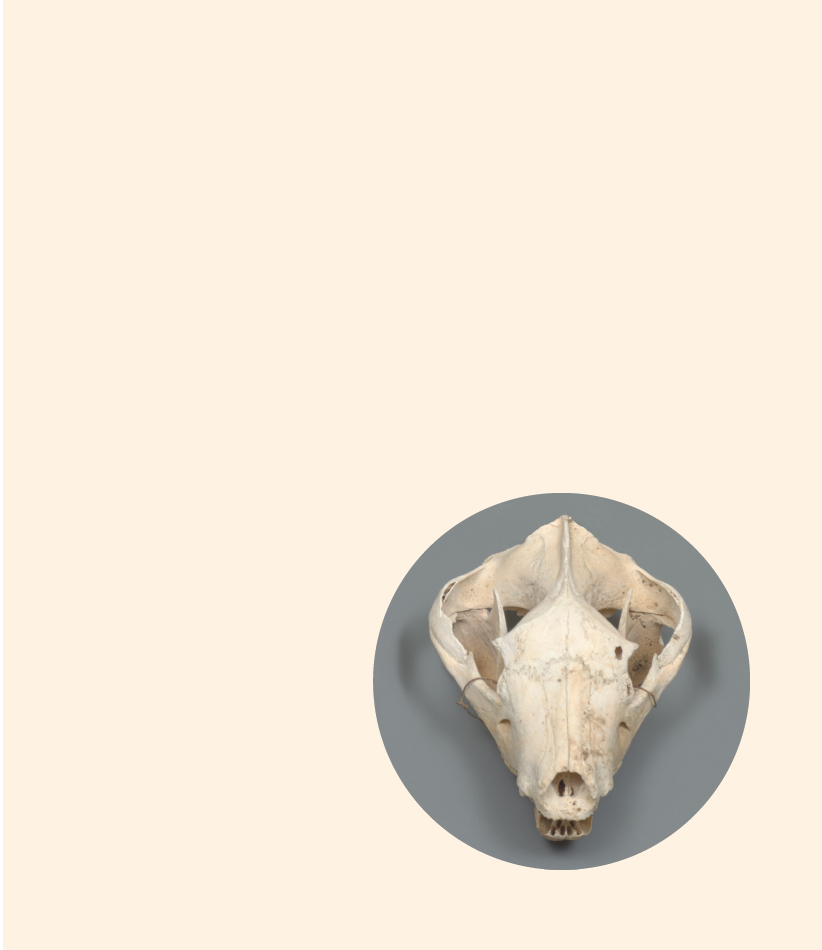
‘The Keeping and Breeding of Tasmanian Devils (Sarcophilus harrisi)’
Until I was asked by Mr. A. S. Le Souëf, Director of the Zoological Gardens, Moore Park, New South Wales, early in 1910 to obtain, if possible, Tasmanian Tigers (Thylacinus cynocephalus) and Devils (Sarcophilus harrisi) for the London Zoological Society, I had never thought of keeping either of these animals in my collection; in fact, they were quite unknown to me except as museum specimens, although I had frequently visited remote parts of our island. I have vivid recollections, however, of how, when a young child at boarding school in the late forties, some of the girls from Bothwell, near the Lake District, used to give graphic and terrifying accounts of the Tasmanian Devils with their double row of teeth. This belief is not yet exploded, as it was impressed upon me lately with the utmost confidence by a country visitor that such was the case; he not only believed, but said ‘he had seen.’ The teeth have been described to me by a scientist as truncated.
Shortly after hearing from Mr. Le Souëf, by means of advertising, writing, etc. I obtained three for the London Society, and having then become thoroughly interested I determined to keep some myself. Since that time a large number have passed through my hands, and more than once I have been ‘a woman possessed of seven devils.’
In April 1911 I received a family (a mother and four young), and again in September of the same year a similar lot arrived. The former were very young, and I had the opportunity of watching their growth almost from their first appearance when partly protruding from the pouch. When sending them, the trapper wrote that ‘the mother was so quiet, I need not be afraid to pick her up in my arms.’ The little ones hung from her pouch (heads hidden in it), and she lay still and motionless as if afraid of hurting them by moving, and allowed me to stroke her head with my hand. However timid they may be, and undoubtedly they are extremely so, growling and showing their teeth when frightened, they always evince this gentleness and stillness when nursing little ones.
The skin of the young, on arrival, had the appearance of a slate-coloured kid glove, the tail darker towards the tip. The hair could be seen growing black and velvety from the head downwards, the latter being hidden in the pouch for some days, and it was interesting to note the progress of the growth of the hair from day to day. The shoulders were covered while the hindquarters were almost, or quite, bare, although a faint streak of white was discernible where the white markings were to come later on. At this early stage, should the mother get up to move about, which she rarely does in the daytime, the young somehow scramble into the pouch again.
This family went later to the London Society, but the second, which came on the 16th of September, I kept for my own pleasure, with the exception of the mother; as she had lost a foot when being trapped, I thought it best to have her destroyed later on. Unfortunately, when they were about half grown one escaped into the garden, and the next morning her mutilated remains were found—she had fallen a victim to our two fox-terriers. The three survivors have been ever since an unfailing source of interest and amusement to my family, to visitors, and myself. When a bone or piece of meat was thrown to them a tug-of-war was always the result, and sometimes a chase into one door and out of the other of the little cave. At other times, while one has been holding on to a bone held in my hand, I have lifted it completely off the ground, while another would cling on round the waist and try to pull it down.
Many visitors from the Commonwealth have heard such exaggerated accounts of the ferocity and ugliness of the Tasmanian Devil (others, again, believed it to be a myth), that they sometimes express surprise when they see them so lively, sprightly and excited, running out to my call; they then remark, ‘the devil is not so black as he is painted’…
I have derived much pleasure from studying the habits and disposition of the Tasmanian Devils, and have found that they respond to kindness, and certainly show affection and pleasure when I approach them. I have been led to believe that no case of their breeding in captivity has been recorded, and certainly not in Tasmania.
Others who do not know or understand them may think of them as they like, but I, who love them, and have had considerable experience in keeping most of our marsupials, from the Thylacine down to the Opossum Mouse (Dromica nana), will always regard them as first favourites, my little black playmates.